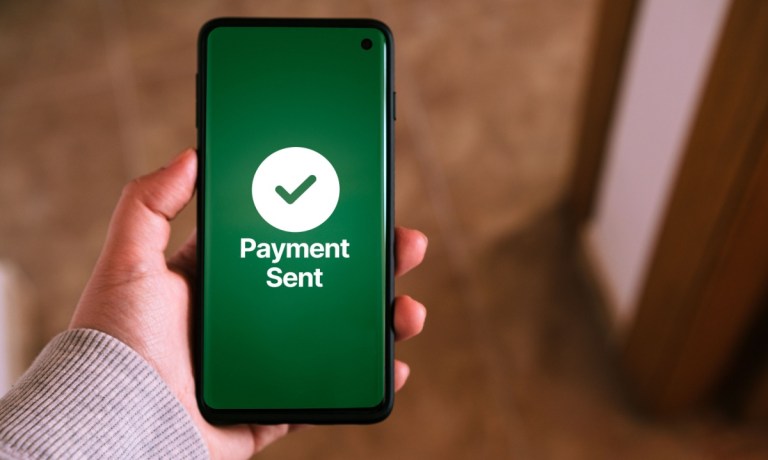RTPs Increased Transaction Limit Drives $481 Billion in Payments

The Clearing House’s RTP® Network processed $481 billion in the second quarter, a 195% increase over the prior quarter.

The Clearing House’s RTP® Network processed $481 billion in the second quarter, a 195% increase over the prior quarter.
“What’s behind the surge? Businesses and financial institutions are embracing larger, faster transactions, thanks to the network’s increased transaction limit of $10 million, introduced in February,” the payments service said in a news release Thursday (July 17).
That upgrade, the release added, has changed the way money moves, with the RTP network handling major transactions including real estate deals to portfolio transfers and complex B2B payments. Since the transaction cap was lifted, The Clearing House said, the average payment size surged from $842 in January to upwards of $4,000 by June, a 376% increase.
“Businesses are shifting to move money faster, in larger amounts, and with greater control,” said Jim Colassano, senior vice president of RTP Business Product Management at The Clearing House. “The surge in high-value transactions shows the RTP network — the leading U.S. instant payments system with a strong growth record — is not just meeting demand, but enabling new opportunities across the payments ecosystem.”
In addition to payment value, transaction volume was up as well during the second quarter, increasing 8% and reaching more than 107 million payments, the equivalent 98% of instant bank-to-bank payments in the U.S.
“Key drivers included account-to-account (A2A) transfers, digital wallet defunding, gig economy payouts, and merchant settlement, as payment providers expanded real-time options for consumers and businesses alike,” the release said.
Writing about RTP’s new transaction limit earlier this year, PYMNTS noted that it was part of a larger transformation happening as real-time payments become part of everyday life.
“The expansion of instant payments networks is lowering transaction costs, increasing financial inclusion and enabling new business models,” that report said. “With over 80 real-time payments networks operating globally and transaction volumes projected to reach 512 billion by 2027, the era of instant money movement is just beginning.”
Meanwhile, recent research by The Clearing House and PYMNTS Intelligence found that 58% of American financial institutions that enable instant payments do so through both the RTP network and the FedNow® Service, showing that a multi-rail approach has become the norm rather than the exception.
“Consumer preference for speed is overwhelmingly clear, with 90% of individuals stating they would prefer to receive disbursements instantly if given the choice,” PYMNTS wrote. “Moreover, 94% of consumers who chose instant payments reported high satisfaction, significantly higher than the 80% satisfaction reported by those who did not use instant payments.”
We’re always on the lookout for opportunities to partner with innovators and disruptors.
Learn More